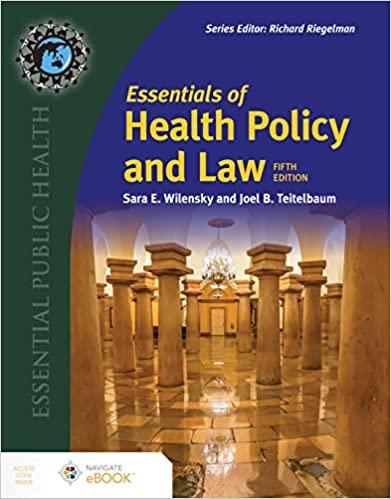Question
Flash of Genius (2008) Directed by Marc Abraham. Universal Pictures The screenplay by Philip Railsback, based on a 1993 New Yorker article by
"Flash of Genius" (2008)
Directed by Marc Abraham. Universal Pictures
The screenplay by Philip Railsback, based on a 1993 New Yorker article by John Seabrook, focuses on Robert Kearns and his legal battle against the Ford Motor Company when they developed an intermittent windshield wiper based on ideas the inventor had patented.
The phrase "flash of genius", after which the film is titled, is patent law terminology which was in effect from 1941 to 1952, which held that the inventive act must come into the mind of an inventor as a kind of epiphany and not as a result of tinkering.
On his wedding night in 1953, an errant champagne cork renders college engineering professor Robert Kearns (Greg Kinnear) almost completely blind in his left eye. A decade later, he is happily married to Phyllis (Lauren Graham) and the father of six children. As he drives his Ford Galaxie through a light rain, the constant movement of the windshield wipers irritates his troubled vision. The incident inspires him to create a wiper blade mechanism modeled on the human eye, which blinks every few seconds rather than continuously.
With financial support from Gil Previck (Dermot Mulroney), Kearns converts his basement into a laboratory and develops a prototype he tests in a fish tank before installing it in his car. He patents his invention and demonstrates it for Ford researchers, who had been working on a similar project without success. Kearns refuses to explain how his mechanism works until he hammers out a favorable deal with the corporation. Impressed with Kearns' results, executive Macklin Tyler (Mitch Pileggi) asks him to prepare a business plan detailing the cost of the individual units, which Kearns intends to manufacture himself. Considering this to be sufficient commitment from the company, Kearns rents a warehouse he plans to use as a factory and forges ahead. He presents Ford with the pricing information it requested along with a sample unit, then waits for their response. Time passes, and when nobody contacts Kearns, he begins placing phone calls that are never returned.
Frustrated, Kearns attends a Ford dealers convention at which the latest model of the Mustang is unveiled, promoting the intermittent wiper as a selling point. Realizing the company has used his idea without giving him credit or payment for it, Kearns begins his descent into a despair so deep he boards a Greyhound bus and heads for Washington, D.C., where he apparently hopes to find legal recourse. Instead, Maryland state troopers remove him from the bus and escort him to a mental hospital, where he is treated for a nervous breakdown. Finally released when doctors decide his obsession has subsided, he returns home a broken man, determined to receive public acknowledgement for his accomplishment. Thus begins years of legal battles, during which time his wife leaves him, and he becomes estranged from his children.
At trial, Kearns represents himself after attorney Gregory Lawson (Alan Alda) withdraws from the case, because Robert refuses to settle. Eventually Kearns' ex-wife and children support him in his endeavor. Toward the end of the trial, Ford offers Kearns a US$30 million settlement, but without admitting wrongdoing. Kearns decides to leave his fate in the hands of the jury, who determine that Ford infringed his patents, but that the infringement was not deliberate. Thejury awards him US$10.1 million. The closing credits indicate that Robert later wins an US$18.7 million judgement from Chrysler Corporation as well.
1-Identify and define in a matrix the Design Stage of Product Development in car manufacturing nowadays and how it was made in the movie. Make a comparison.
2-Describe the nine Compliance aspects, and how you found them in the Movie. Give some samples. If you didn't find any of them, describe it and give at least how you perceived it during the movie.
3-Concerning to the Intellectual Property:
Explain what was infringed and how. Give samples where it is showed
Explain the risks and consequences of those actions by and for both parts. Give samples
Explain how the inventor should have protected his product if he would have lived now. Which strategies should he have pursued if he would have been living nowadays?
Step by Step Solution
There are 3 Steps involved in it
Step: 1

Get Instant Access to Expert-Tailored Solutions
See step-by-step solutions with expert insights and AI powered tools for academic success
Step: 2

Step: 3

Ace Your Homework with AI
Get the answers you need in no time with our AI-driven, step-by-step assistance
Get Started


